As summer evenings grow warmer, one of nature’s most magical light shows begins across the American landscape. These bioluminescent beetles create ethereal displays that transform ordinary forests and fields into enchanted realms.
The brief firefly season peaks in June across most regions, offering a fleeting opportunity to witness this natural phenomenon that captivates both children and adults alike. Here is a list of 20 spectacular locations where you can experience exceptional firefly displays this June.
Great Smoky Mountains National Park, Tennessee
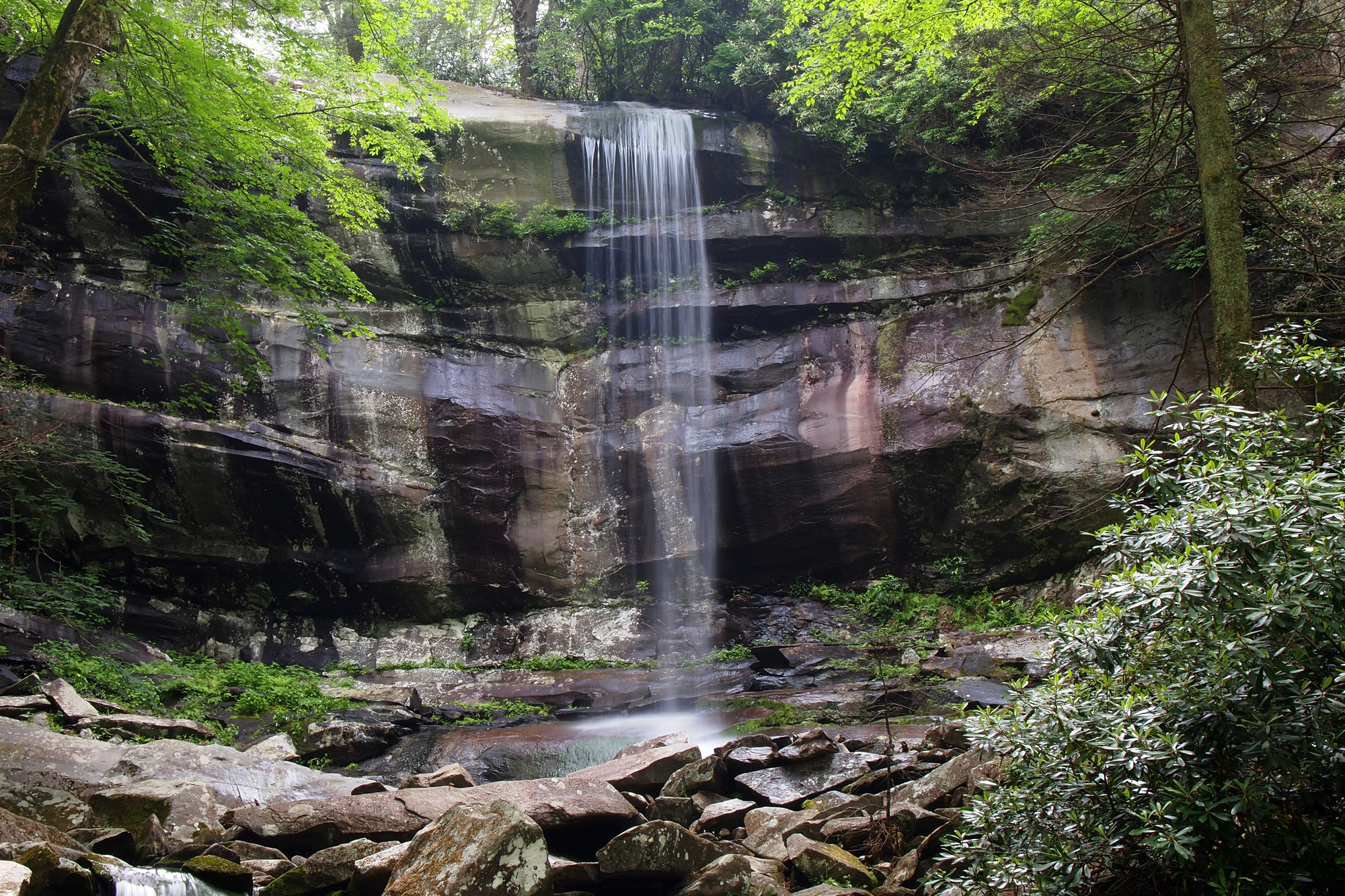
The synchronous fireflies at Elkmont create one of the most extraordinary natural light shows in North America. Thousands of insects flash in perfect unison, creating waves of light that sweep through the dark forest.
The national park runs a lottery system for viewing access during the peak two-week period, reflecting the immense popularity of this rare synchronized display.
Congaree National Park, South Carolina
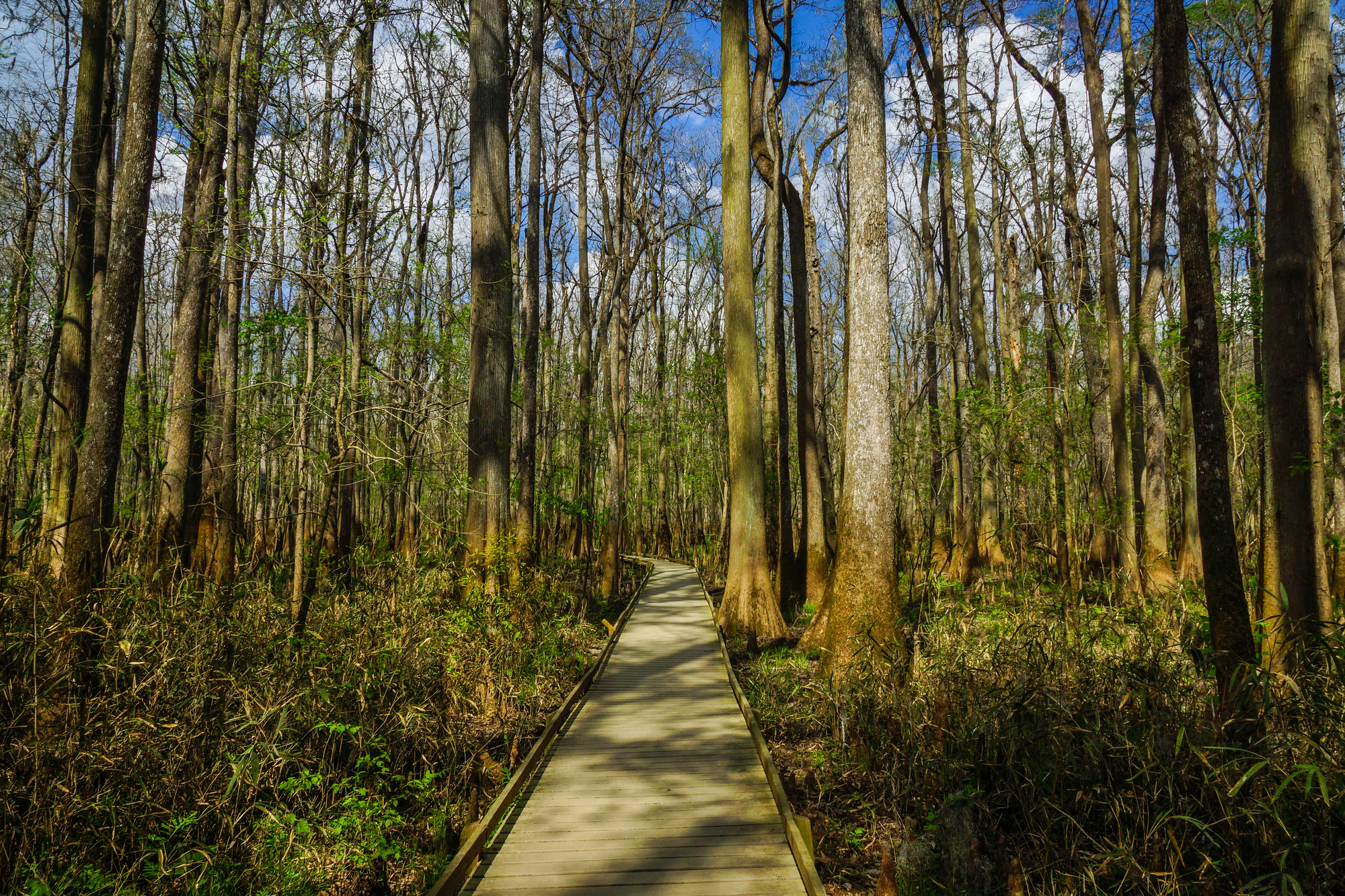
This floodplain forest, with its humid environment and abundant decaying wood, creates ideal conditions for synchronous fireflies. Visitors walk along elevated boardwalks through the old-growth bottomland forest while fireflies perform below and above.
The park offers special evening access during peak firefly season, and rangers provide educational information about these fascinating insects.
Allegheny National Forest, Pennsylvania
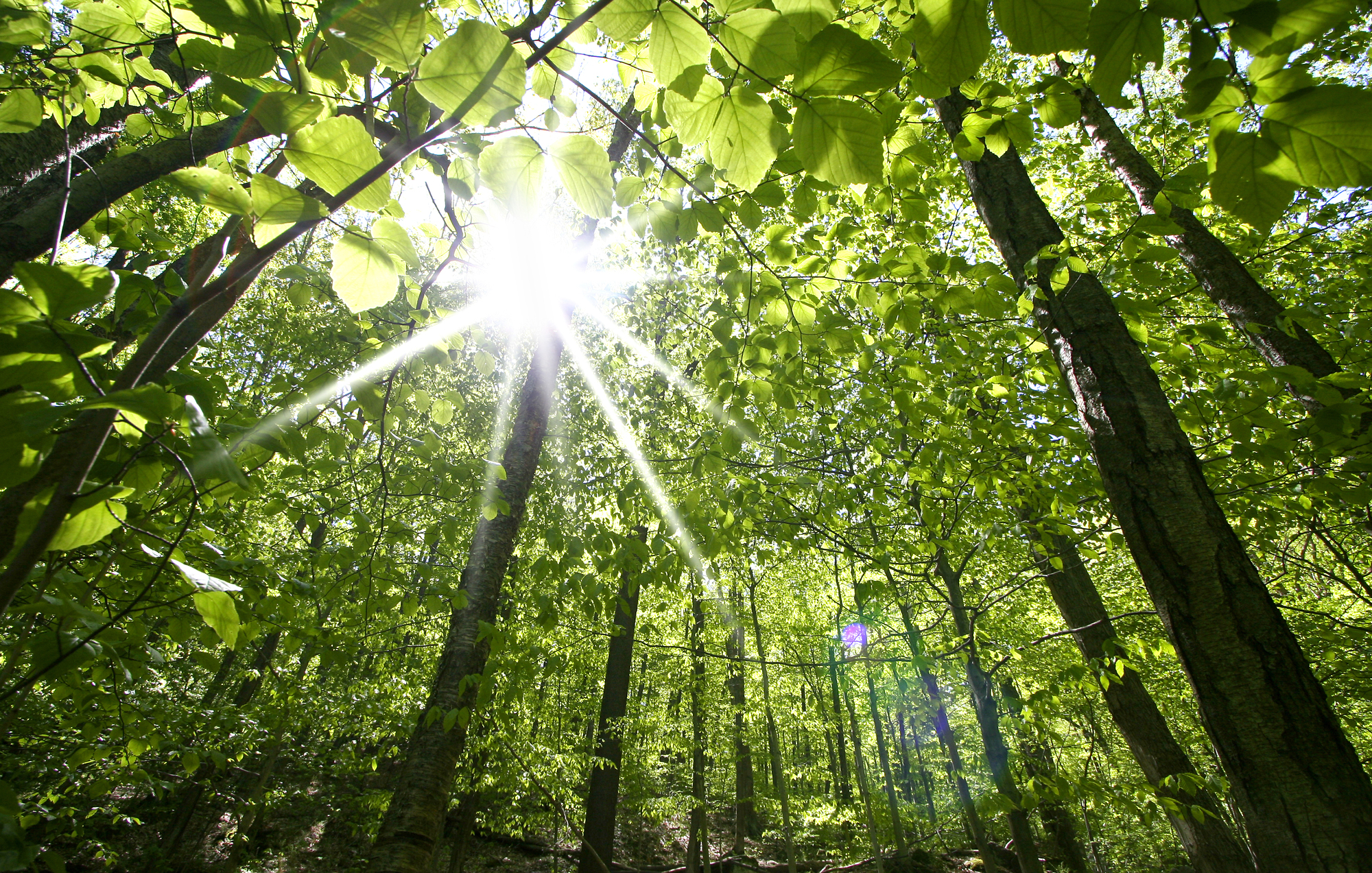
The ancient forests of northwestern Pennsylvania host spectacular concentrations of fireflies among towering hemlocks and white pines. Multiple firefly species pulse in distinct rhythms, layering the forest in a symphony of twinkling signals.
Local conservation groups lead guided night hikes that help visitors identify different firefly species by their distinctive flash patterns.
Like Travel Pug’s content? Follow us on MSN.
Land Between the Lakes, Kentucky
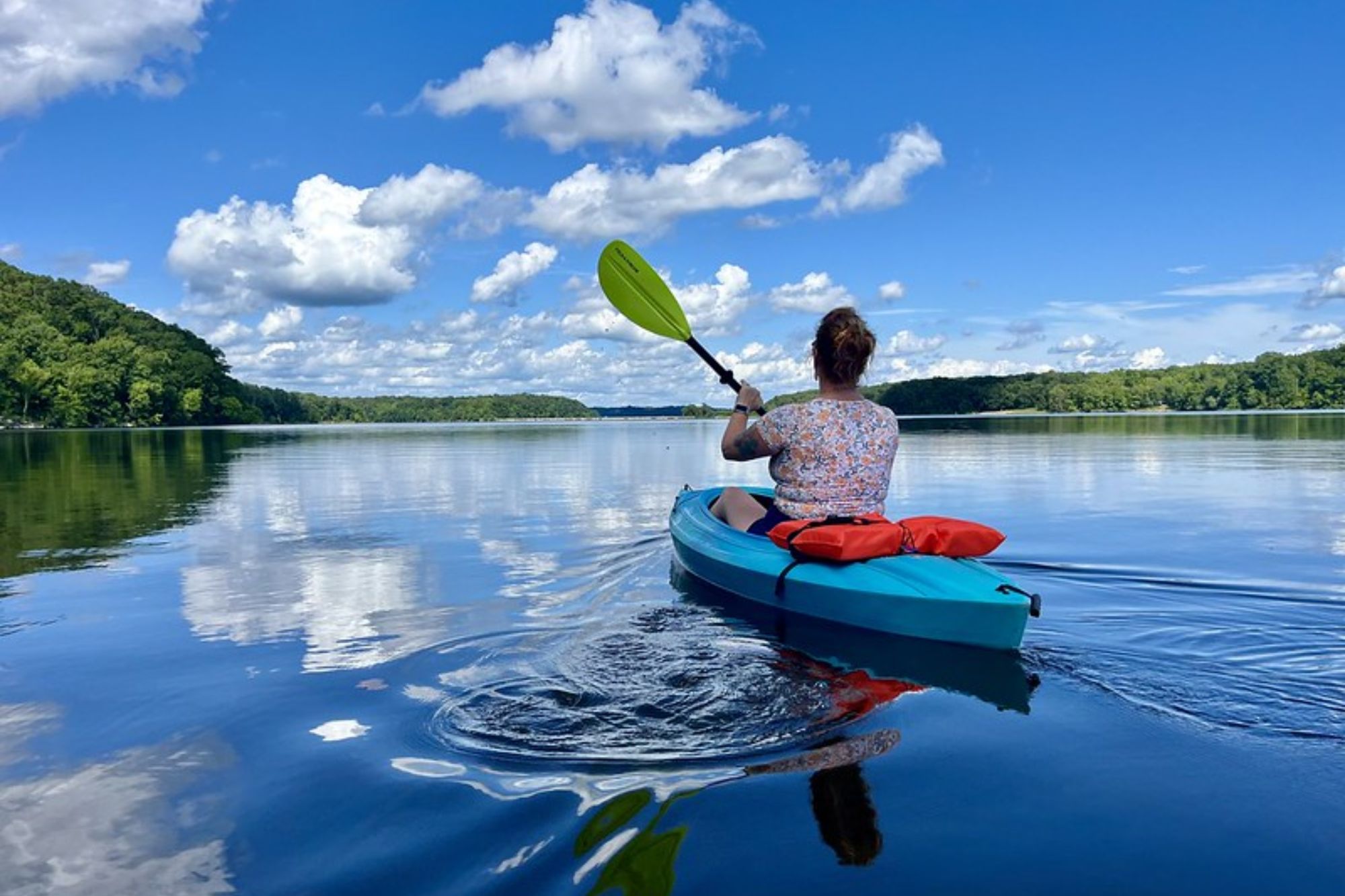
This peninsula between Kentucky and Barkley Lakes provides a perfect firefly habitat with its mix of open fields and forest edges. The absence of nearby cities creates exceptionally dark skies that make the firefly displays appear even more brilliant.
Evening programs at the nature center explain the biology behind these remarkable insects before visitors head out to witness the display.
Blue Ridge Parkway, Virginia
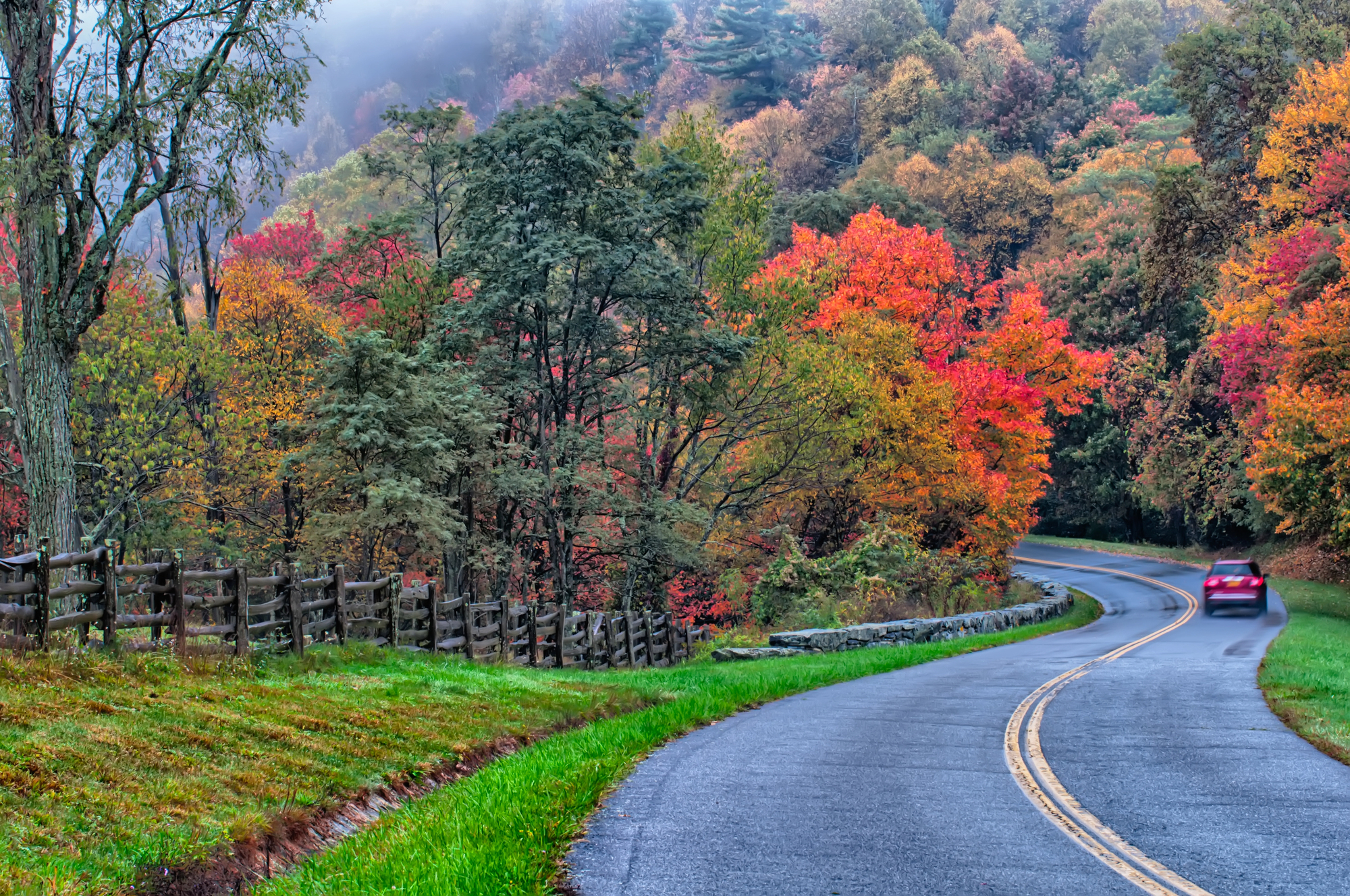
The elevated meadows along this scenic highway create perfect viewing conditions for firefly enthusiasts. Different elevations host different species, meaning displays can be seen from mid-May through July at various points along the route.
Pull-offs and picnic areas provide safe places to park and observe the light show as it unfolds across mountain valleys.
Mammoth Cave National Park, Kentucky
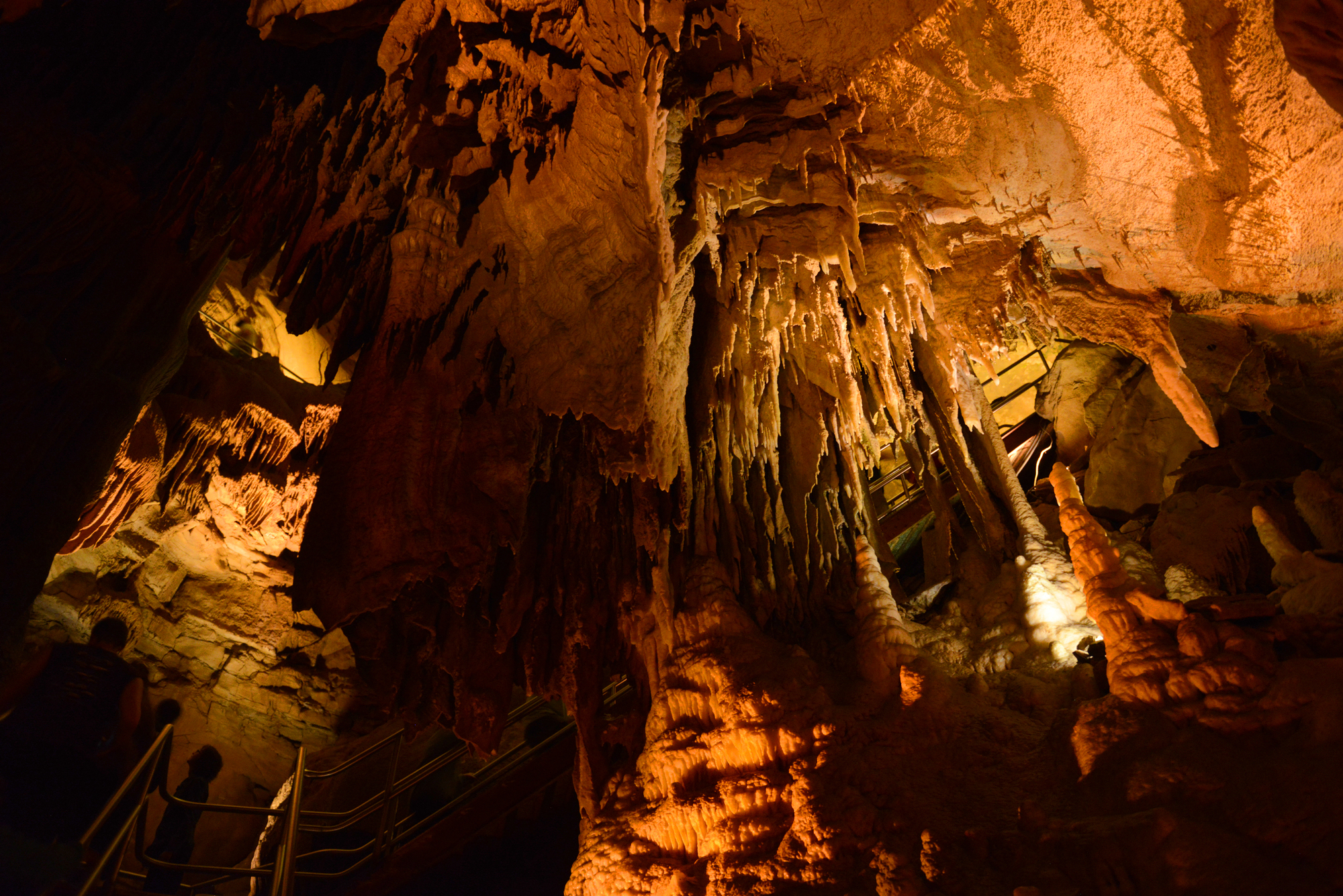
The forests surrounding this famous cave system come alive with fireflies each June. The park’s commitment to dark sky preservation ensures that minimal light pollution interferes with the natural display.
Evening ranger programs explore how these glowing beetles communicate through light, with each species flashing distinct patterns to attract mates.
Like Travel Pug’s content? Follow us on MSN.
South Cumberland State Park, Tennessee
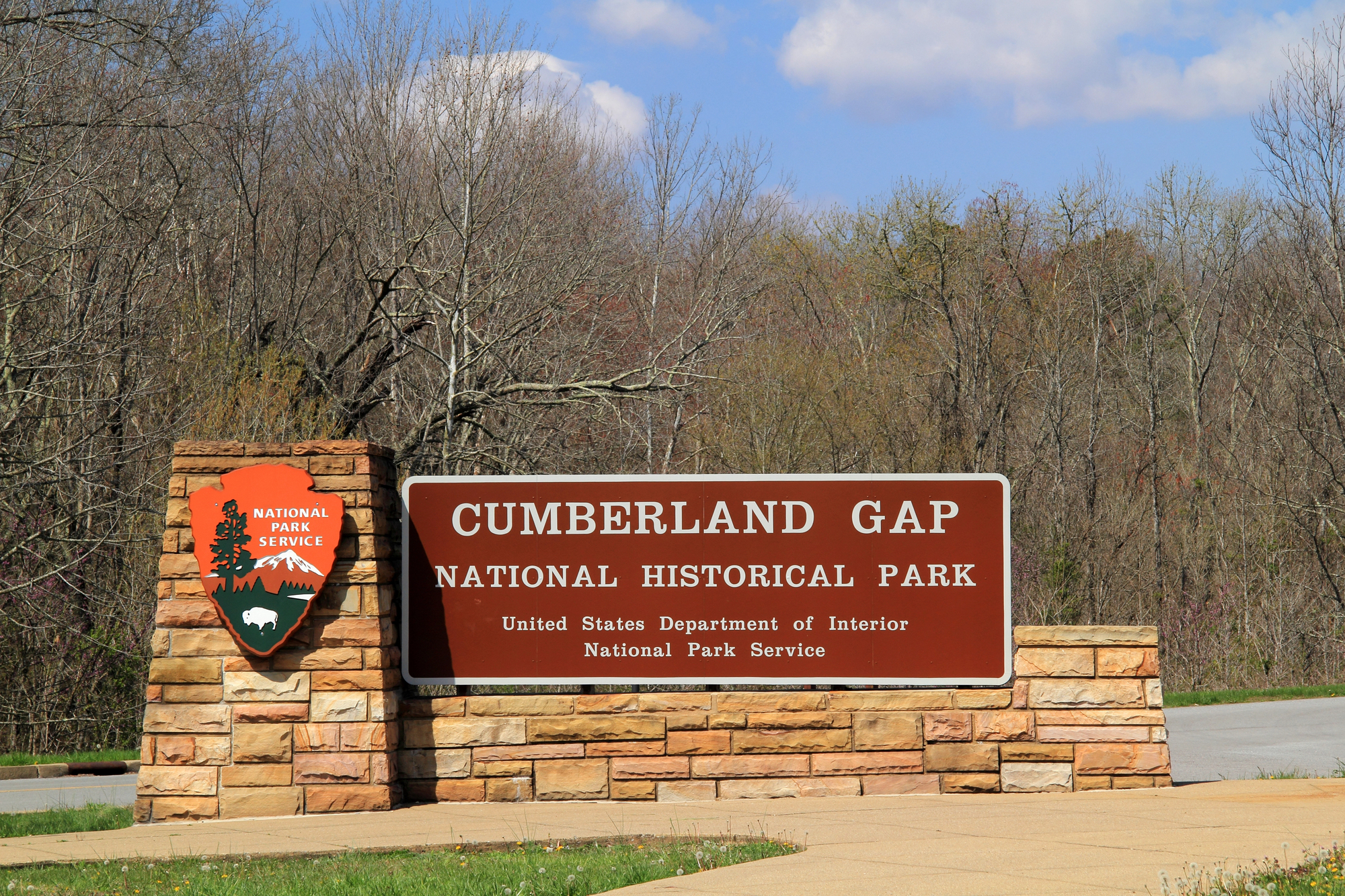
The extensive trail system in this park allows visitors to experience firefly displays across diverse habitats from forest floors to mountain ridges. The Fiery Gizzard Trail becomes particularly magical at night when fireflies illuminate the path through old-growth forests.
The park offers occasional guided evening walks during peak season, with advance registration required.
Cuyahoga Valley National Park, Ohio
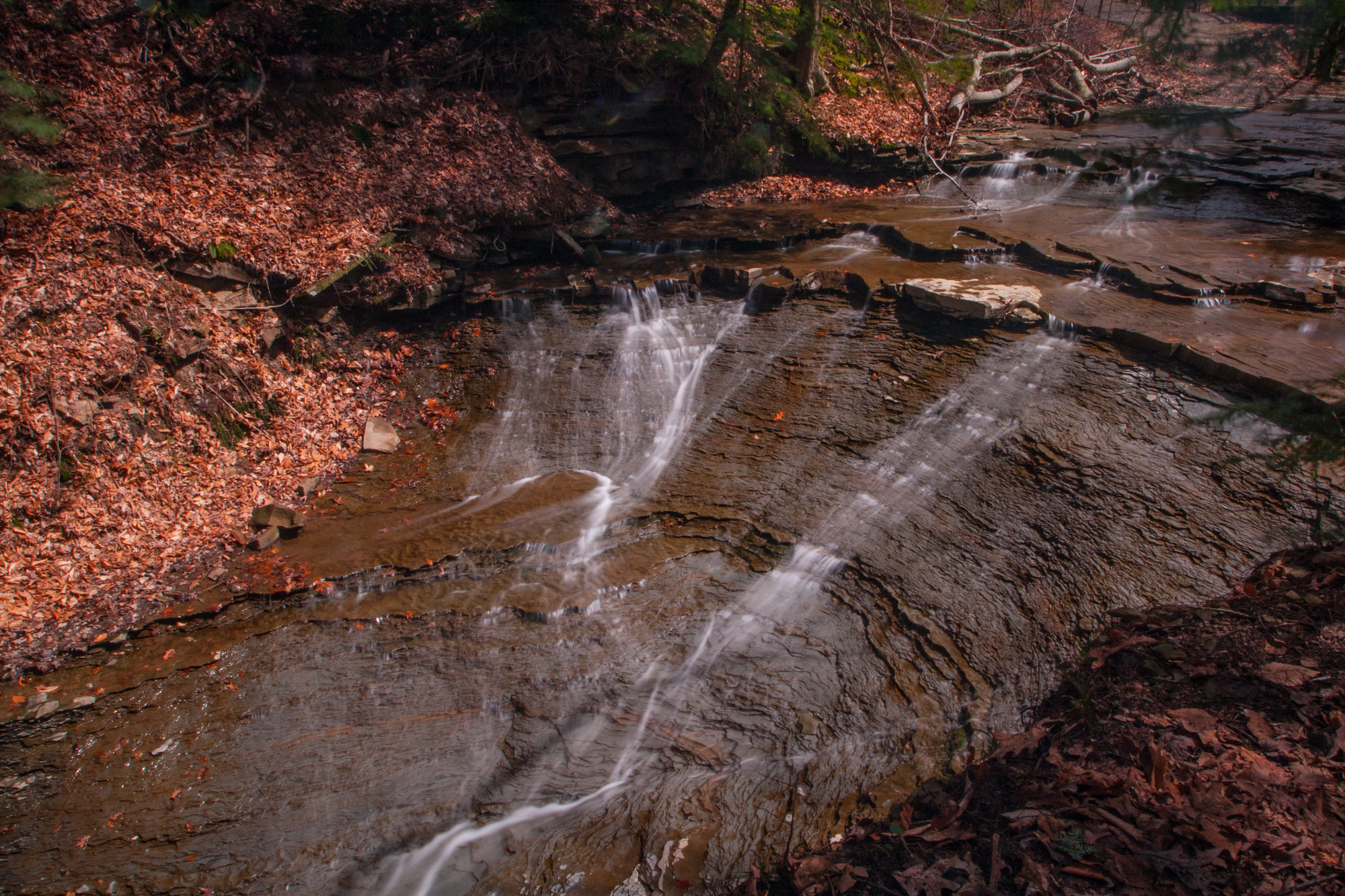
The protected meadows and woodlands between Cleveland and Akron provide a surprising firefly haven in this otherwise urban region. The park’s Beaver Marsh area creates ideal breeding conditions for several firefly species that display simultaneously.
Evening programs at the environmental education center explain firefly communication before participants venture out to witness it firsthand.
Mark Twain National Forest, Missouri
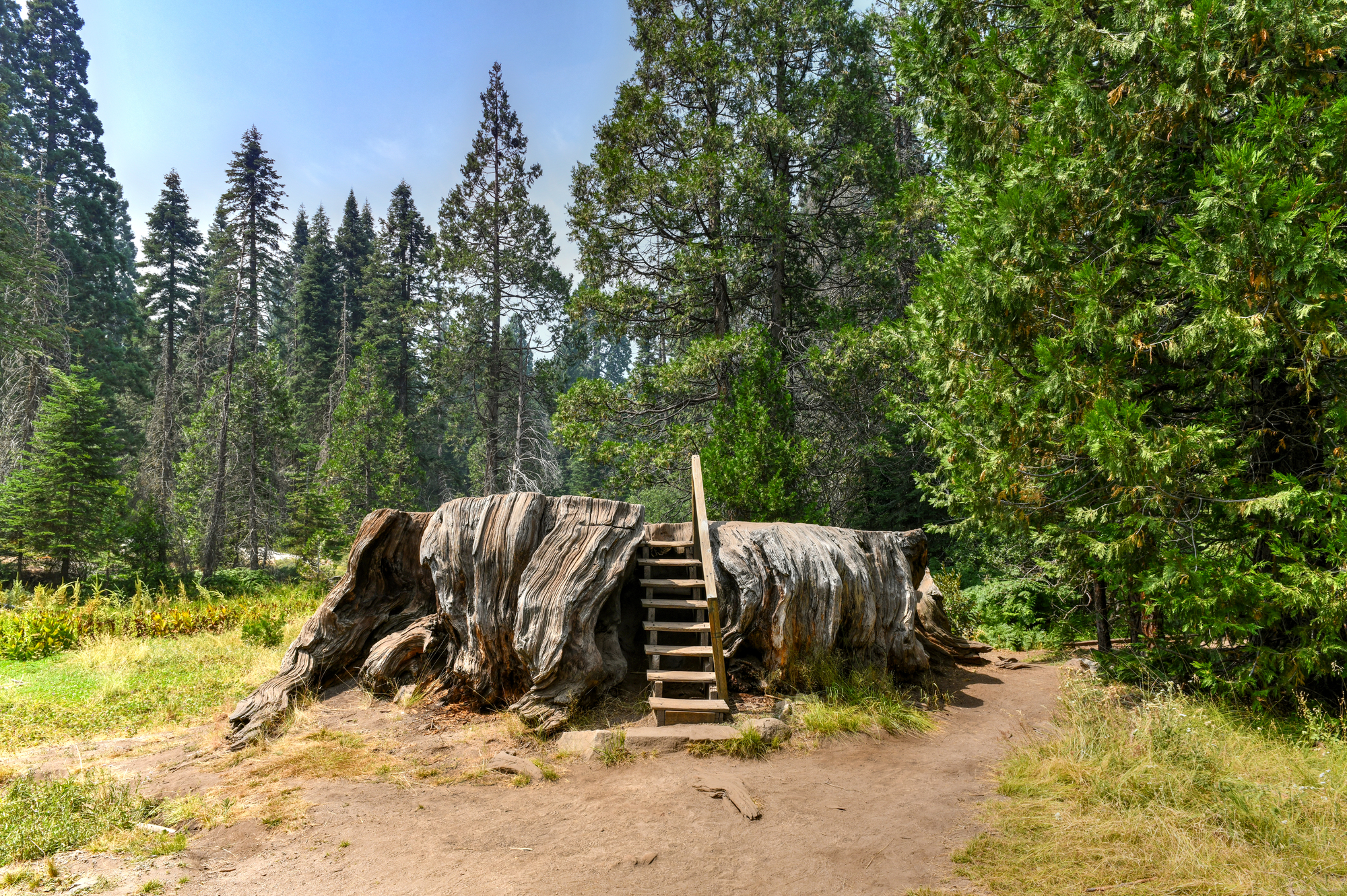
The open glades within this expansive forest create perfect stages for firefly light shows across the Ozark highlands. Multiple species flash different colors, including the uncommon green-glowing fireflies found in specialized habitats.
Remote campgrounds offer the opportunity to fall asleep watching these natural light displays from your tent.
Like Travel Pug’s content? Follow us on MSN.
Cook Forest State Park, Pennsylvania
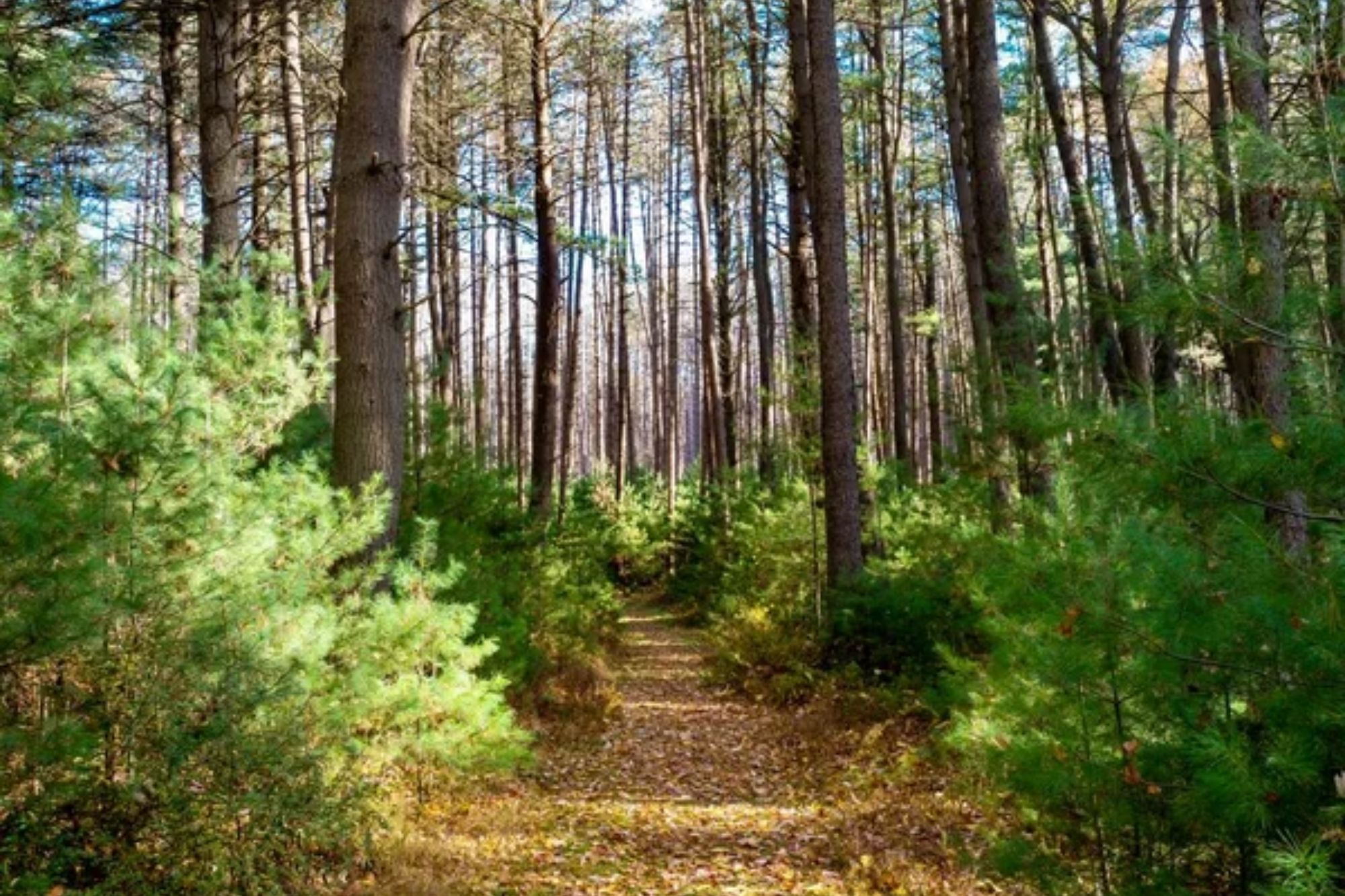
Ancient hemlocks create a cathedral-like setting for spectacular firefly displays in this old-growth forest. The Forest Cathedral Natural Area contains trees over 300 years old, providing the decaying wood that firefly larvae need to thrive.
The park naturalist leads evening walks during peak season, sharing information about forest ecology and firefly conservation.
Shenandoah National Park, Virginia
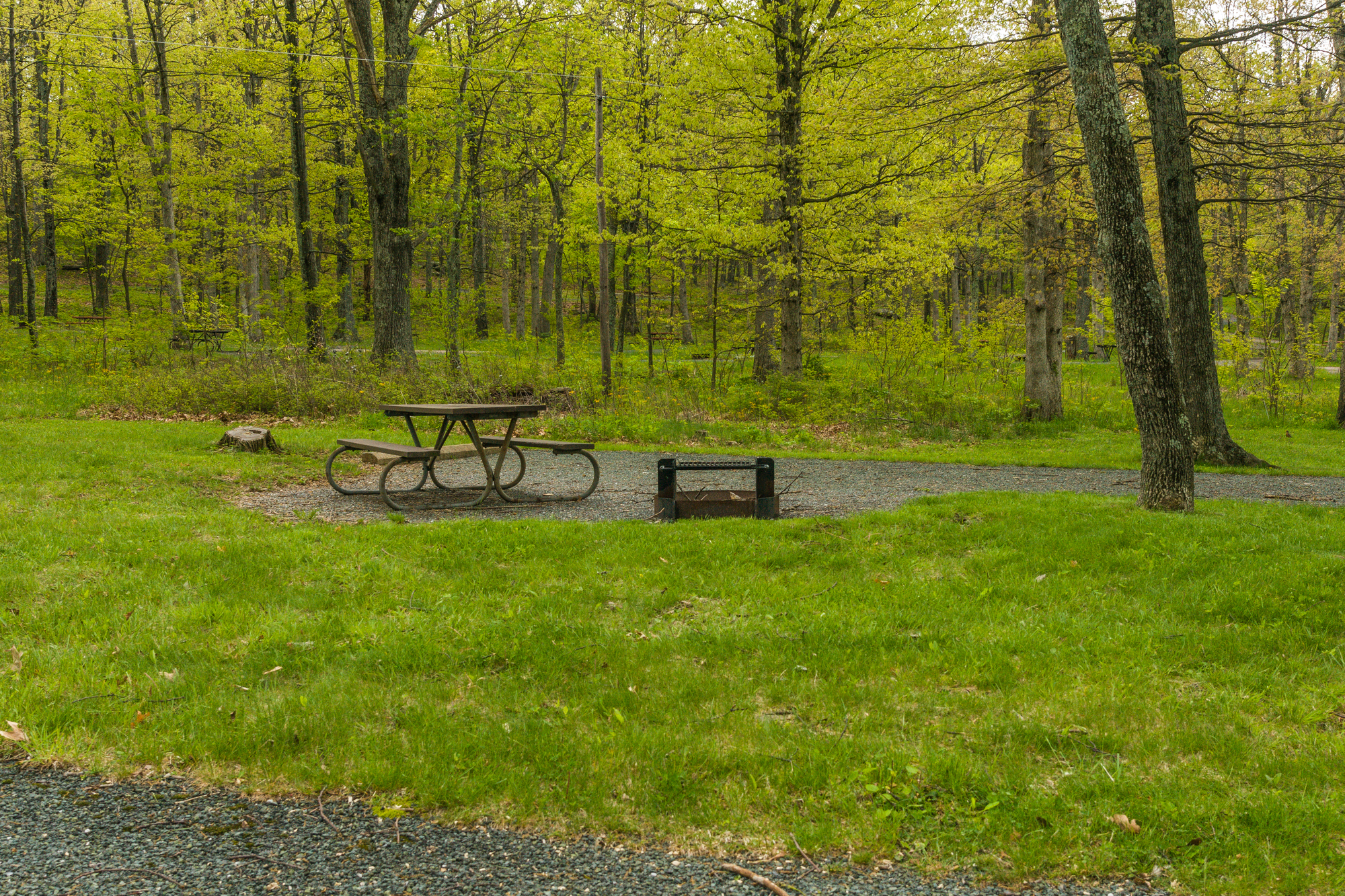
The famous Skyline Drive provides accessible viewing points for firefly displays across the Blue Ridge Mountains. Different species appear at different elevations, creating unique display patterns throughout the park’s diverse ecosystems.
The park’s Big Meadows area offers particularly concentrated displays where thousands of fireflies illuminate the open fields.
Grandfather Mountain, North Carolina
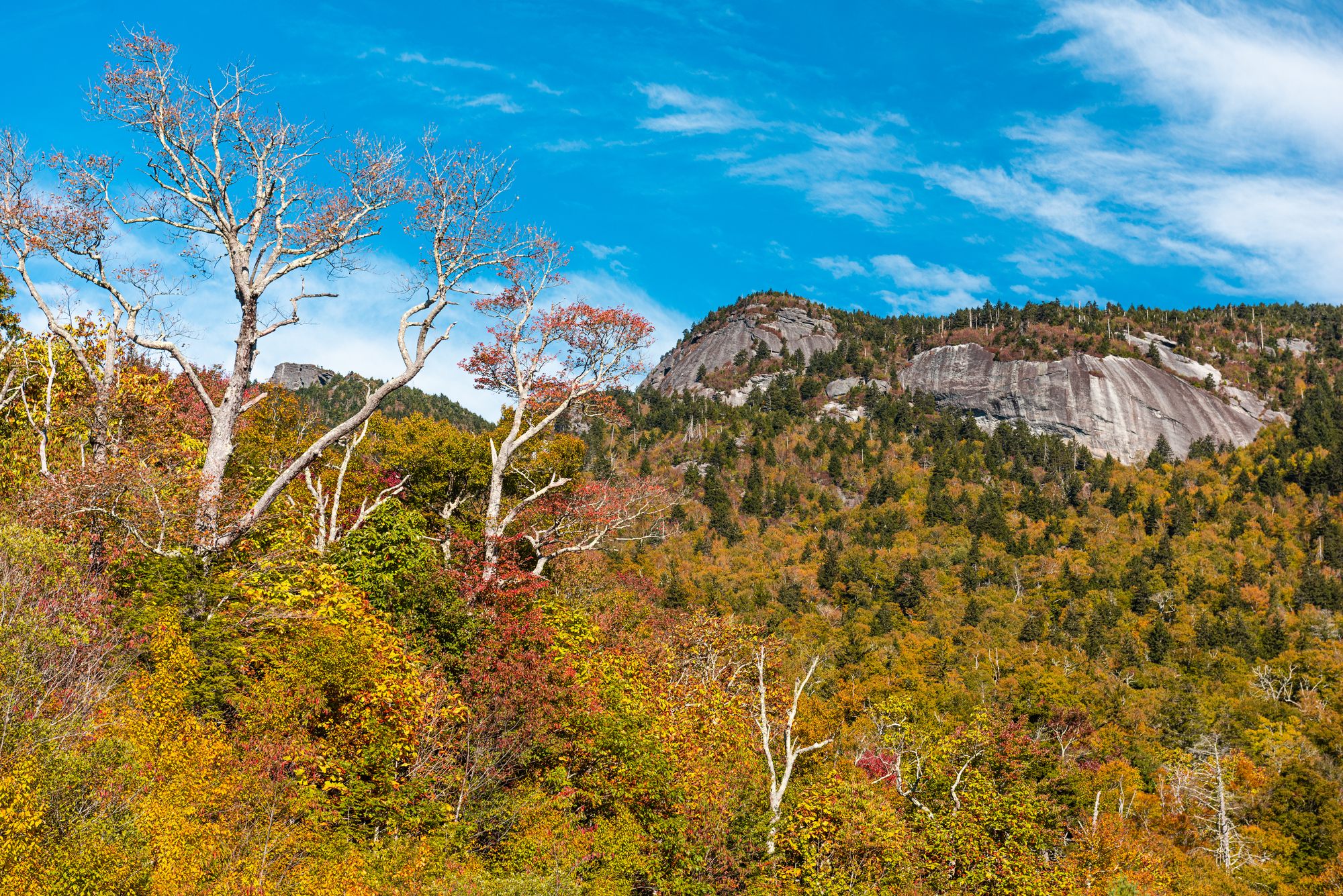
The varied elevations on this iconic mountain create extended firefly seasons with different species emerging at different times. The mountain’s preserved forests provide ideal habitat for several firefly species, including some rare varieties.
Evening access to certain trails allows visitors to experience these magical displays away from artificial light sources.
Like Travel Pug’s content? Follow us on MSN.
DuPont State Forest, North Carolina
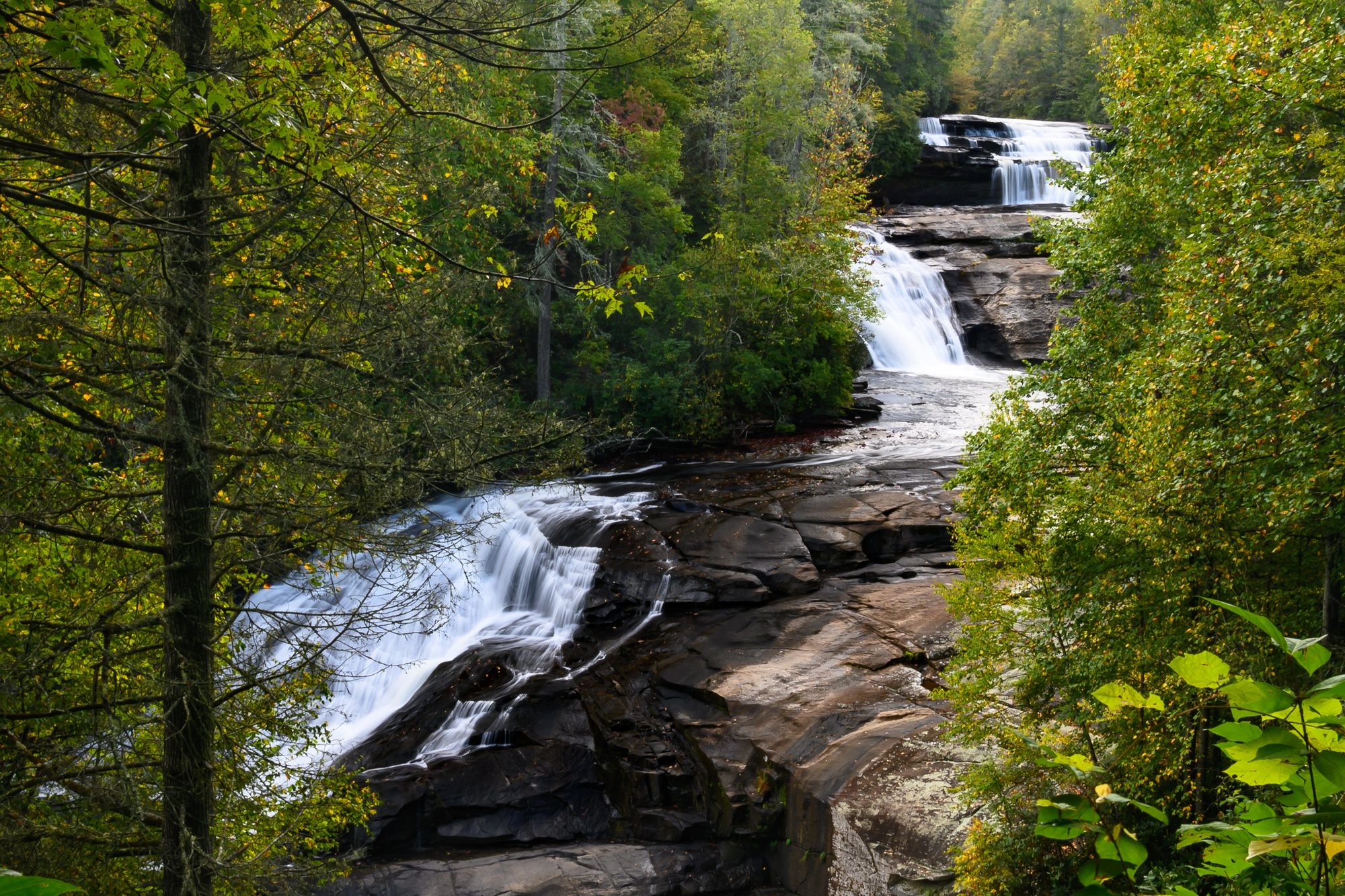
The mix of hardwood forests and open areas around the forest’s famous waterfalls creates a diverse firefly habitat. Different species inhabit different microsystems within the forest, creating varied light patterns throughout the area.
Evening access allows visitors to experience these waterfalls illuminated by both moonlight and firefly displays.
Jackson-Washington State Forest, Indiana

The knobs and ravines of southern Indiana create protected pockets where fireflies thrive in remarkable numbers. The forest’s topography creates natural amphitheaters where visitors can observe displays from elevated vantage points.
Weeknight visits offer particularly good viewing with fewer people and vehicles disturbing the natural darkness.
Shawnee National Forest, Illinois
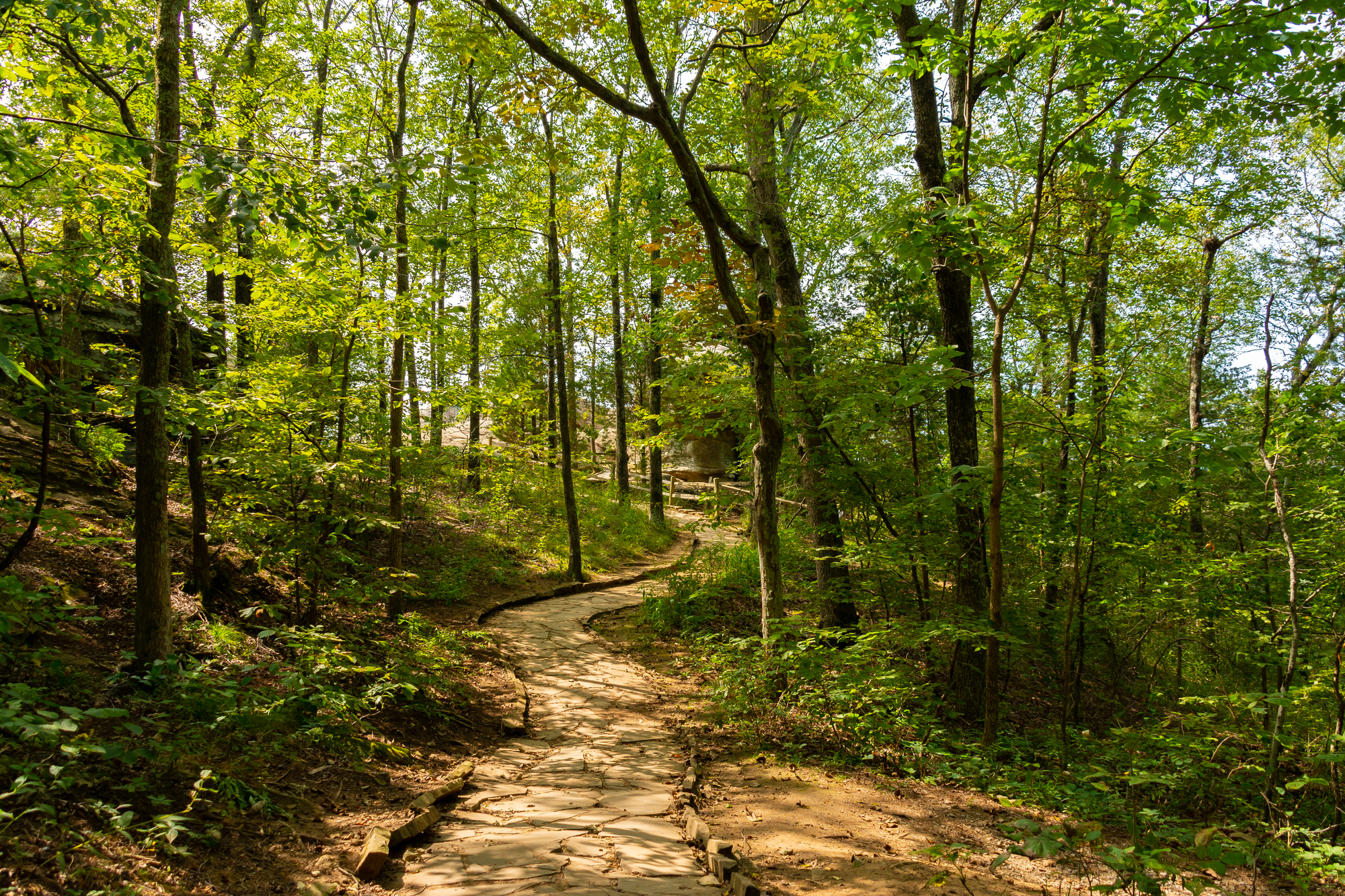
The Garden of the Gods wilderness area becomes even more magical when illuminated by thousands of fireflies each June. The unique rock formations create silhouettes against which the firefly displays become even more dramatic.
The remote location ensures dark skies that maximize visibility of these natural light patterns.
Like Travel Pug’s content? Follow us on MSN.
Kisatchie National Forest, Louisiana
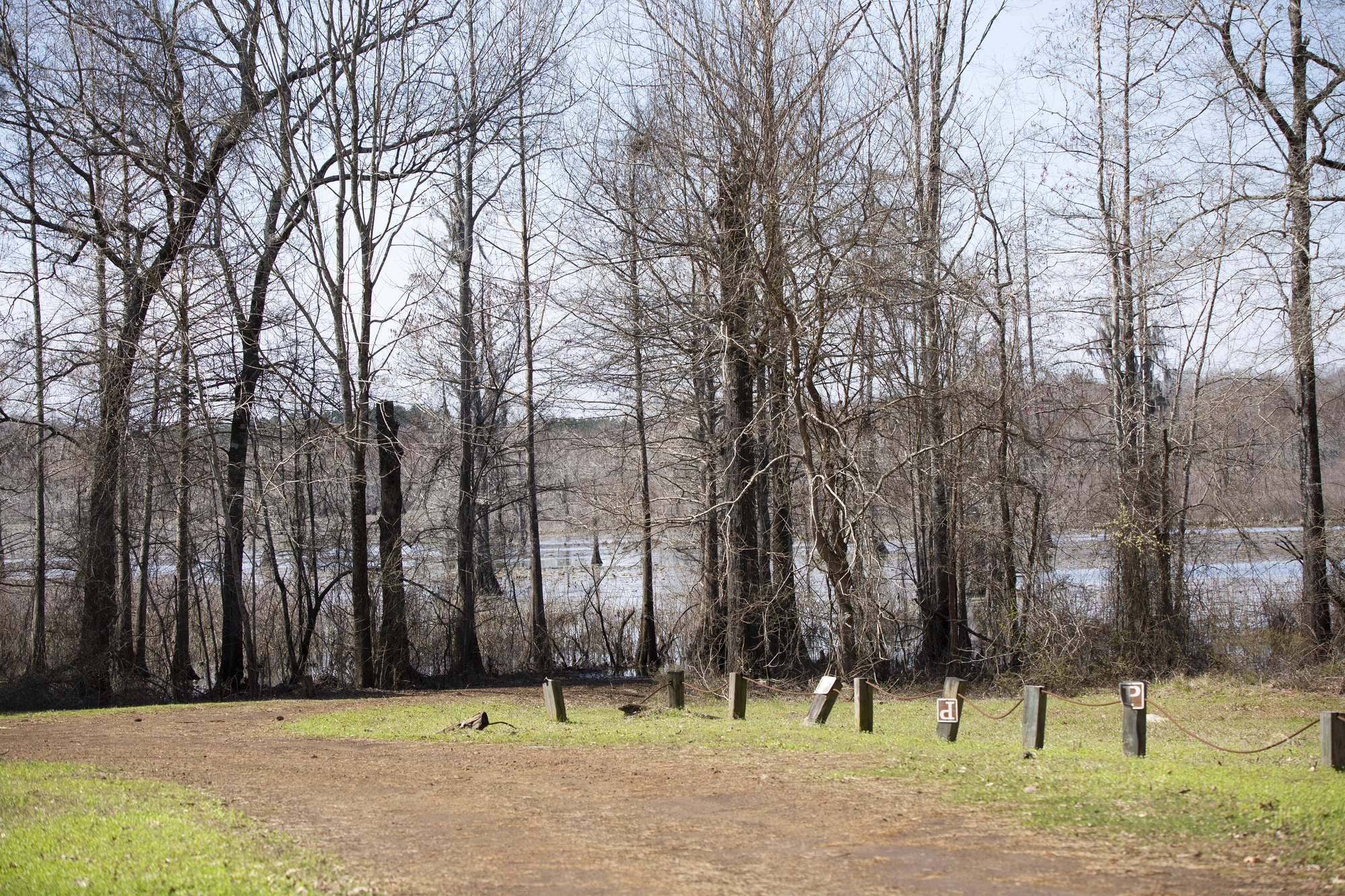
The longleaf pine savannas of this southern forest host unique firefly species not found in northern states. The open understory beneath the pines allows unobstructed views of fireflies as they rise from the forest floor each evening.
The extended summer season in this southern location means displays can sometimes be seen into early July.
Prophetstown State Park, Indiana
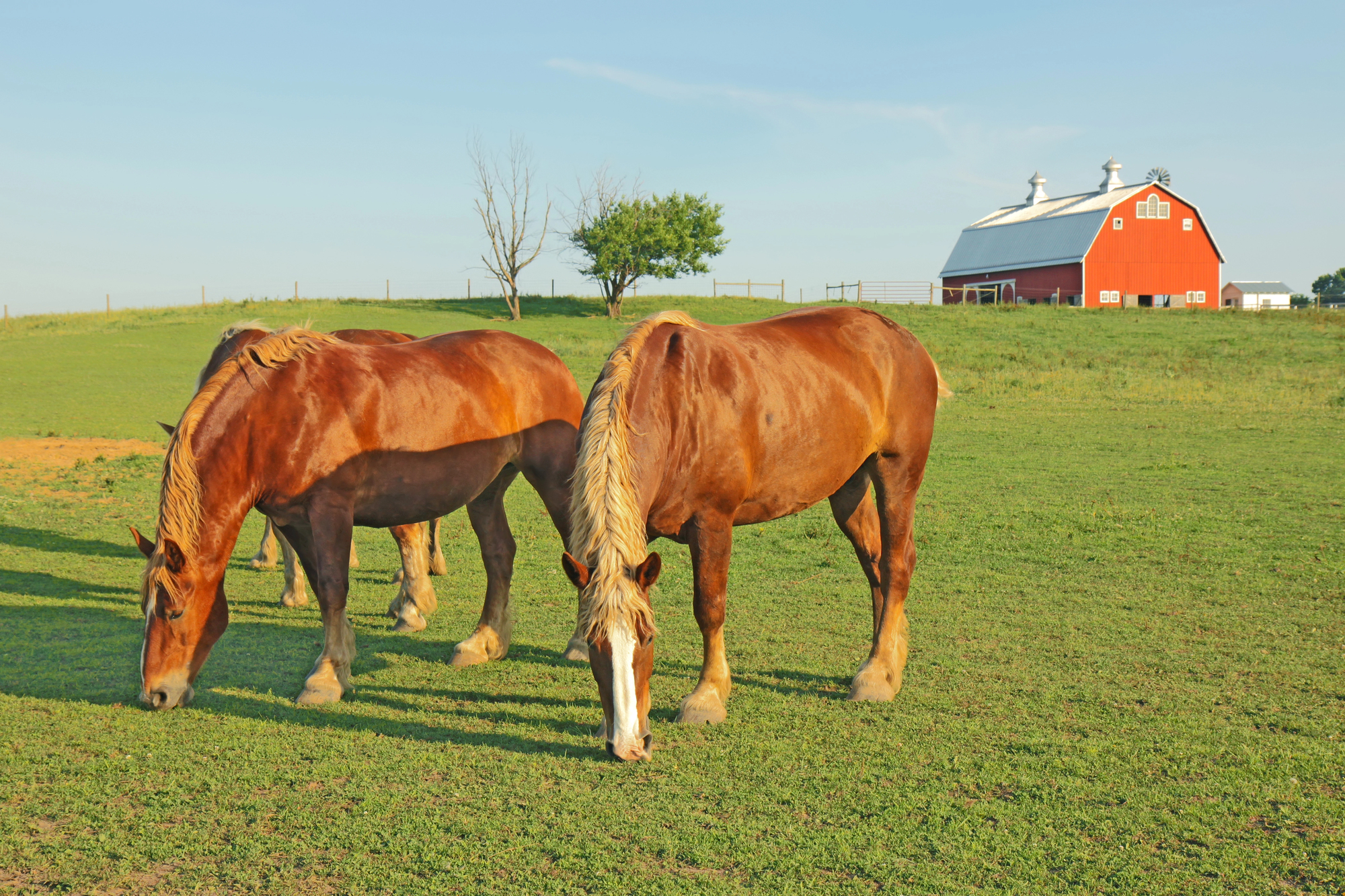
The restored tallgrass prairie in this relatively new state park attracts massive firefly populations each summer. The open landscape allows visitors to witness fireflies extending across the horizon in all directions.
Educational programs highlight how prairie restoration has helped native insects—especially fireflies—thrive once again.
Rocky Gap State Park, Maryland
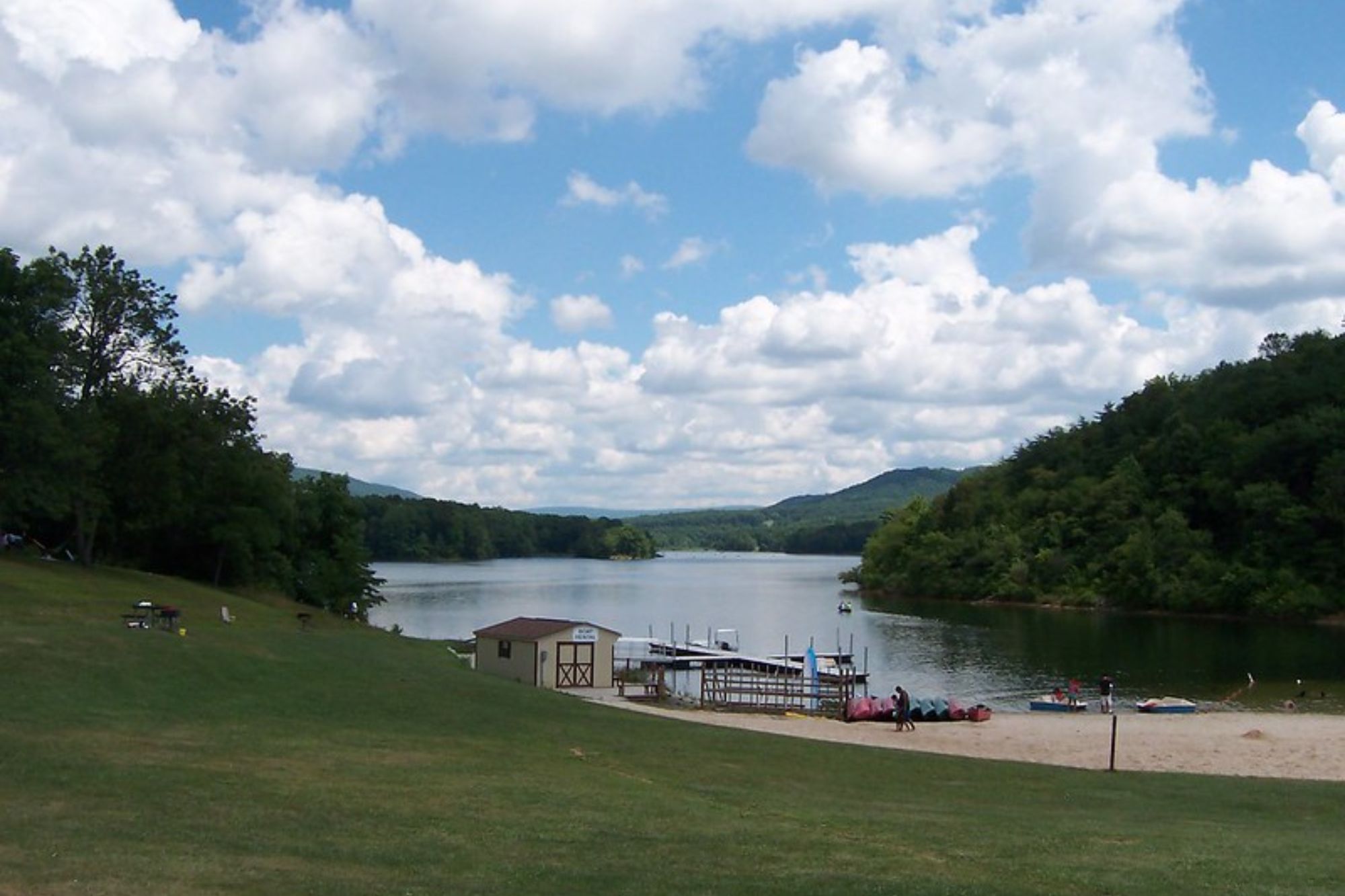
The forested shoreline around Lake Habeeb creates ideal conditions for several firefly species that prefer humid environments. The lake reflects the firefly displays, effectively doubling their impact as points of light appear both above and below.
Evening programs at the nature center explain why these insects are actually beetles and how their bioluminescence works.
Like Travel Pug’s content? Follow us on MSN.
Wayne National Forest, Ohio

The reclaimed mining lands within this forest have been restored to create unexpected firefly havens throughout eastern Ohio. Different sections of this fragmented national forest offer various viewing opportunities across a wide geographic area.
Conservation efforts have helped create better habitat connectivity for fireflies and other insects throughout the region.
Caesar Creek State Park, Ohio
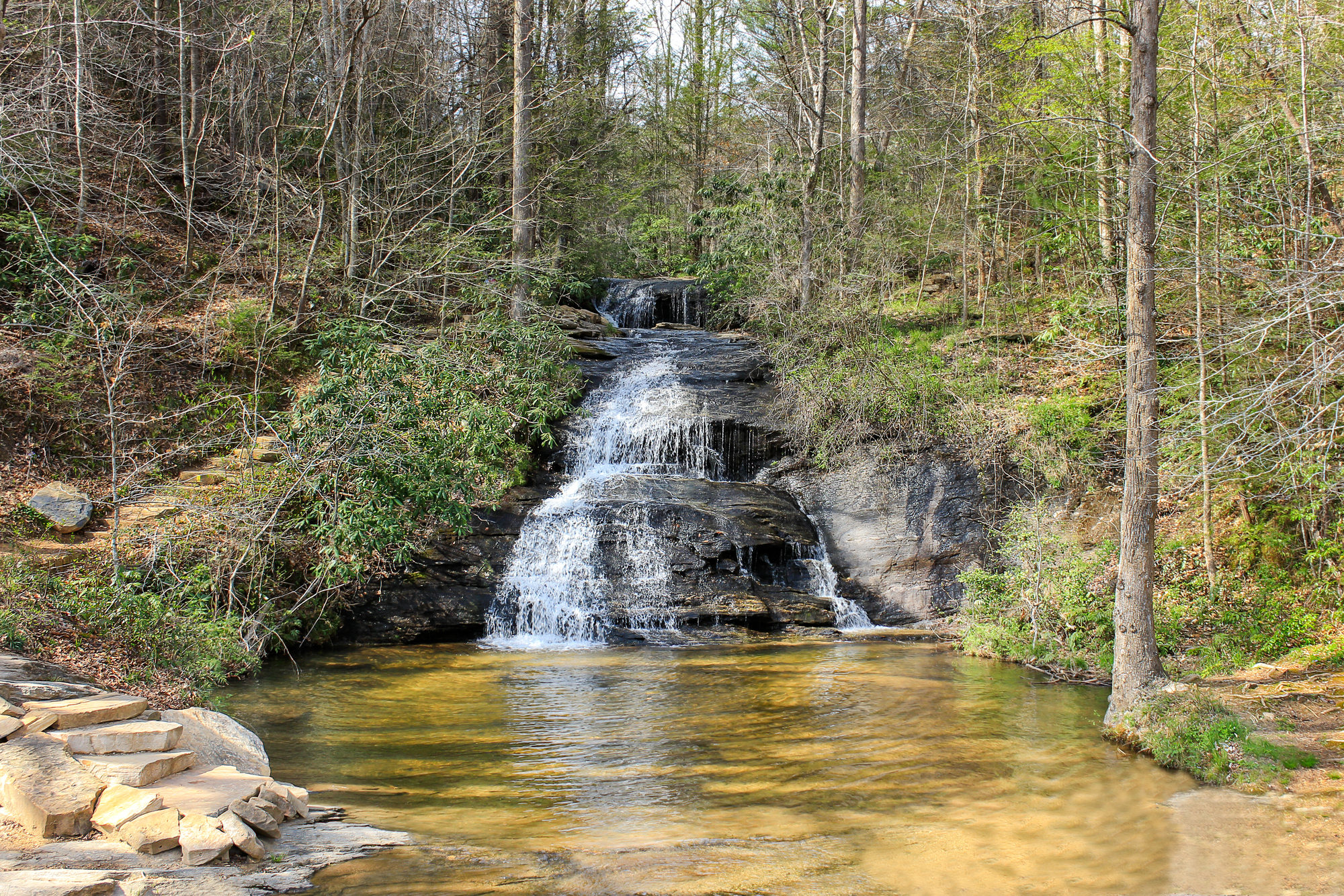
The diverse landscape of woodlands, meadows, and lakeshore attracts multiple firefly species to this southwestern Ohio park. The Fifty Springs area features fascinating blue-glowing fireflies that prefer the unique limestone seeps found there.
Naturalist programs highlight the different flash patterns used by male and female fireflies during their courtship displays.
Natural Illuminations
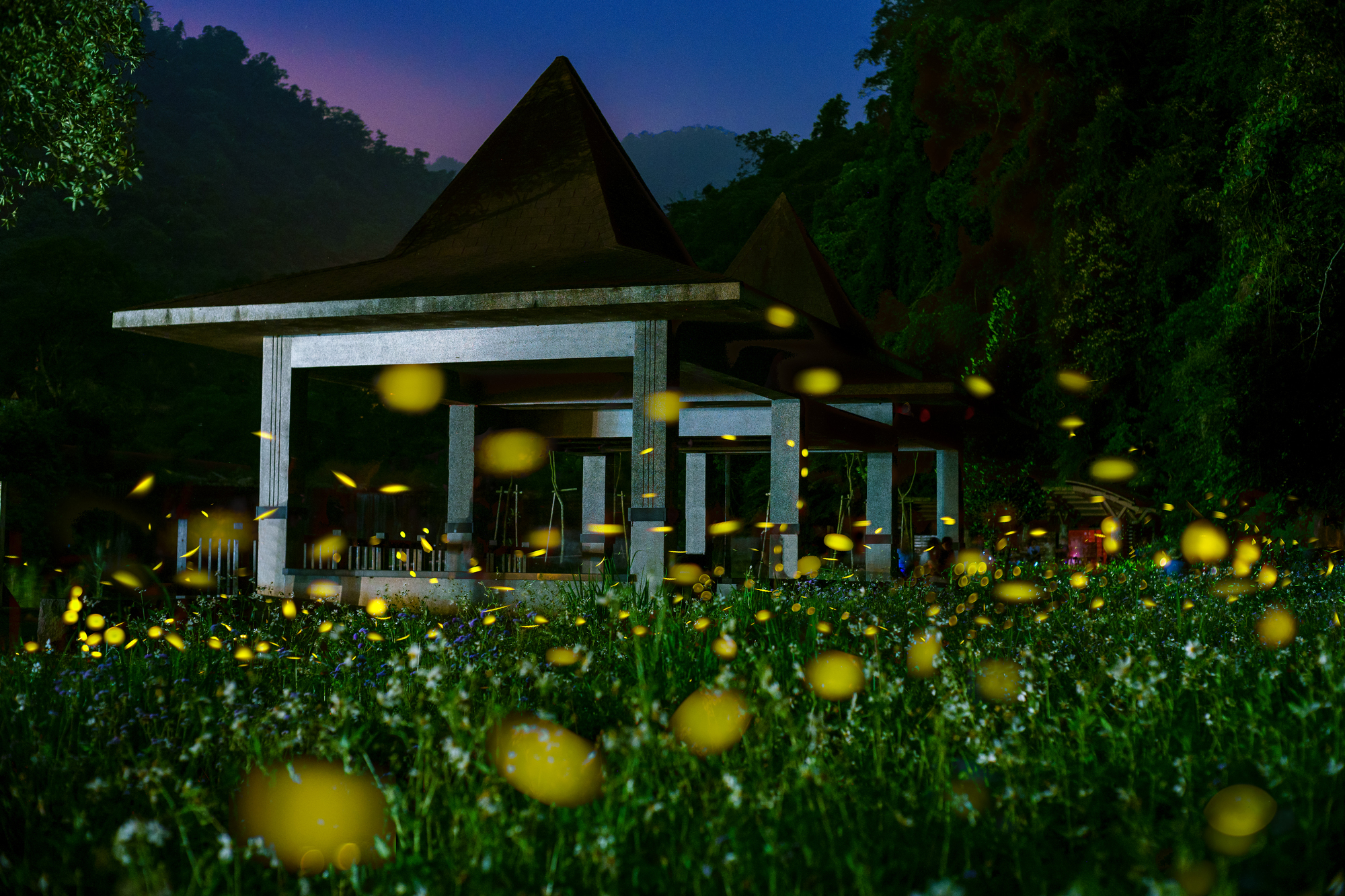
Firefly populations serve as valuable indicators of ecosystem health, making their magical displays more than just a visual treat. These luminous displays remind us of the delicate balance between insects, plants, and the habitats they depend on to survive.
Whether experienced from a remote mountain trail or a convenient state park, June’s firefly displays offer a perfect opportunity to disconnect from digital screens and reconnect with the wonder of natural phenomena that no technology can truly replicate.
More from Travel Pug

- Cities Growing so Fast You Won’t Recognize Them in 10 Years
- 13 Destinations Where Tourists Regularly Regret Their Trip
- 16 U.S. Cities That Are Quietly Becoming Travel Hotspots
- Where to Travel If You Love Long Bus Rides and Daydreams
- 20 Cities Perfect for Solo Travelers Who Crave Adventure & Culture
Like Travel Pug’s content? Follow us on MSN.
